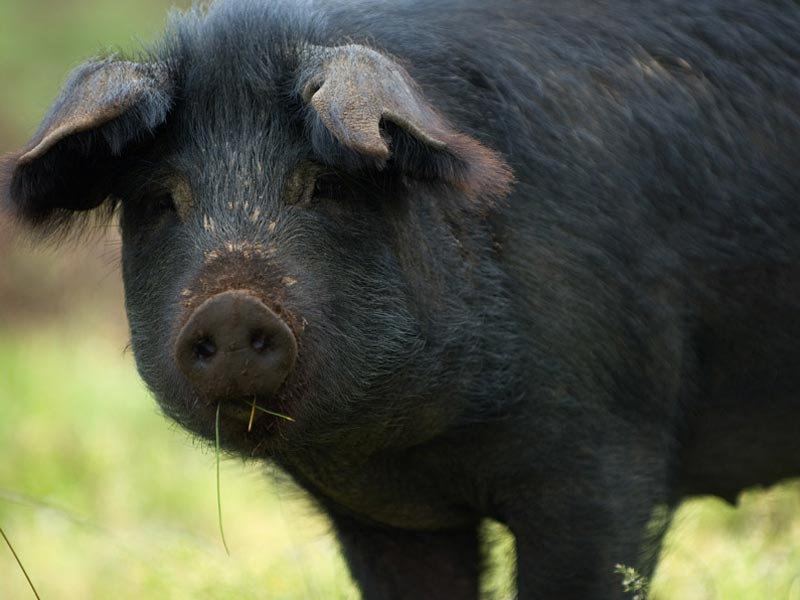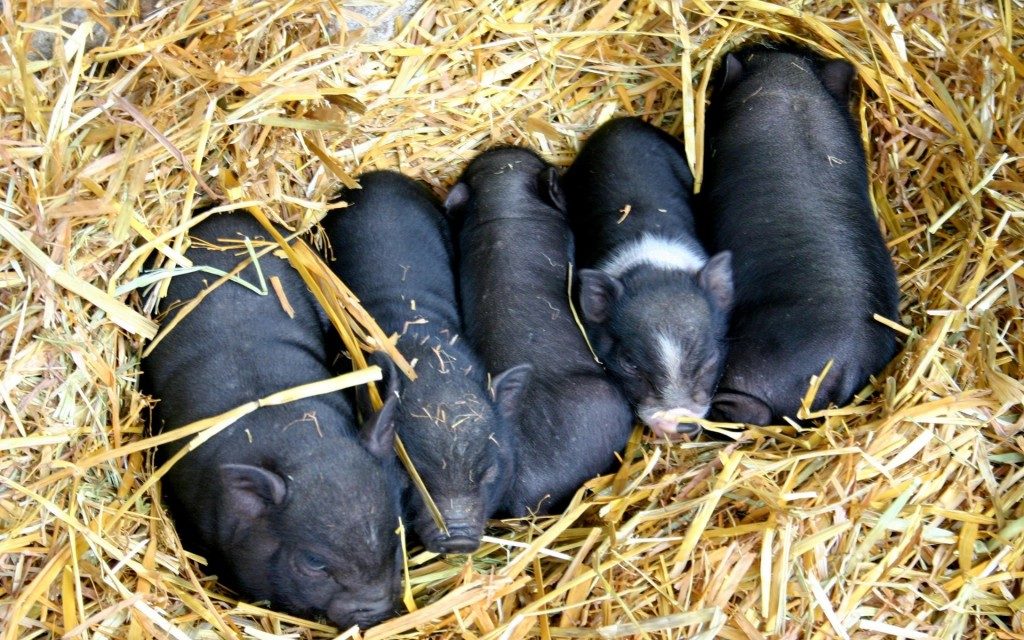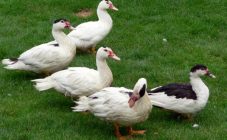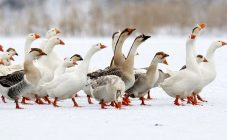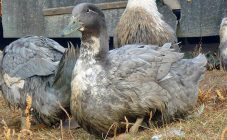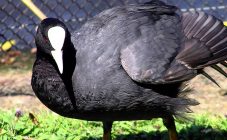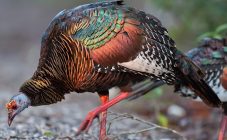Content:
The black pig is a special variety, it got its name because of its black color. The breed appeared at the end of the 19th century in England. The hybrid saw the light of day by crossing long-eared, Neapolitan and Chinese black pigs. The black breed is not one, but several varieties: large black, Vietnamese pot bellies, Berkshire, black and white, black and white. The first two are most in demand among farmers, and they will be discussed in the article.
Characteristics of the breed
Each variety has its own quality features, as well as the nuances of cultivation and care.
Large black breed of pig
This breed is bred in the Central, Central Black Earth, Volga regions of Russia.
The length of the body in an adult female reaches 160 cm, in the male up to 170 cm. The head is small, the ears are large, hanging over the eyes. Short and strong neck. The hams are wide, fleshy and round. The black pig is weighty: the weight of the female reaches 300 kg, the boar - up to 400 kg. One carcass will yield 50% of meat, 40% of lard.
The thoroughbred sow is fertile, up to 12 piglets appear in one farrowing. The sow has a lot of milk; in six months of fattening, black piglets will gain weight up to 100 kg.
Vietnamese potbelly
In Europe, she appeared in the XX century from Southeast Asia. It is in great demand among domestic farmers for its calm disposition, rapid puberty and high fertility, and the delicious taste of meat. The Vestmouth is easy to care for and easily adapts to any climatic conditions.
The average weight of adults reaches 80 kg, but with increased nutrition it can grow up to 130 kg. Puberty in the female occurs at 4 months, in the male at 5. The female pigs 2 times a year (up to 12 piglets at a time). Females have a highly developed maternal instinct. The Vietnamese have a strong immune system.
Care features
Large
This breed is omnivorous, easy to care for. In summer, pigs need to walk often. Individuals of this breed perfectly adapt to new conditions, tolerate heat and cold. Should be kept in closed barns in winter. There will be no problems with feeding these pigs, since there are no bans on specific products. For the ease of care, this species is loved by many farmers.
Vietnamese
This breed does not require a spacious barn. The pigs are neat and zone the space in the room themselves. The pen must have a window for ventilation. The stable is needed warm, since the individuals are frost-resistant, but they do not like temperature changes. Walking is required in summer, preferably next to a mud bath.
Feed these pigs with fresh grass and clover hay. They will not eat coarse food (beets, straw). In addition, the breed loves pumpkin, but does not digest whole grains, so it needs to be crushed.
Advantages and Disadvantages of Black Pigs
Large
Pros:
- tolerates heat and cold;
- omnivorous;
- a universal breed (for lard, for meat, for a tribe).
The disadvantages of breeders include a sagging backside, folds, delicacy.
Vietnamese
Benefits:
- delicious taste of meat and lard;
- calm disposition (suitable for small farms, the sow is not aggressive);
- 80% of the diet is grass;
- resistance to disease.
Discretion in food is considered a disadvantage. The breeder will have to monitor the nutrition of the pigs. Grass alone will not produce the desired gain, so dilute the diet with grains.
When comparing these breeds, farmers opt for the black coarse. She is not picky about food, the breed can be bred throughout Russia, as it easily adapts to any weather. In addition, the breed is versatile. Almost equal ratio of proportions of meat and lard, and there is also an opportunity to leave individuals for the tribe.
